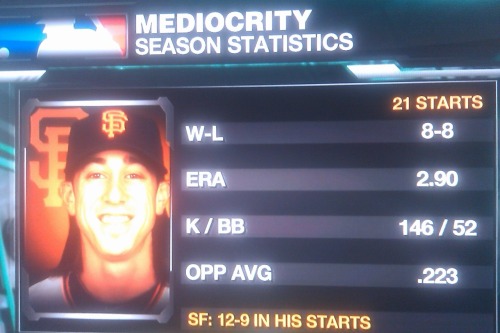At Wanting It More, our main goal is to make people think about sports differently than what is traditional based on media perception. In this series, we will focus on specific players and our individual opinions on them based on certain criteria. This first post focuses on one of the most controversial figures in sports currently.
I'm a huge fan of Detroit sports teams. It comes with the territory of growing up and living in Michigan. I'm a big Pistons fan, but growing up just after the Bad Boys era, my NBA interest was peaked by the Bad Boys primary antagonist: Michael Jordan.
I will confess... I grew up a Bulls fan. And Michael Jordan's greatness had everything to do with it. The Pistons weren't any good and Michael Jordan was simply the man. He's everything you wanted being a big sports fan. He was ultra-competitive, great, and had an unmatched desire to win. He's a big part of the NBA fan I grew up to become.
To me, LeBron James is now what Michael Jordan used to be in a lot of ways. Most importantly, he's simply the best basketball player in the world. And, in my opinion, he has been for quite some time. LeBron soul crushed the Pistons in the 2007 NBA Playoffs. Specifically,
he dominated in Game 5 which will forever be one of the finest individual game playoff performances you will ever see. As a Pistons fan, I was crushed. As a basketball fan, I was amazed. I understood that, despite my team allegiances, we were witnessing the beginning of something very special. LeBron's absolute refusal to lose that game was reminiscent of that player I grew up loving.
In the next few years, my love for LeBron as a player only grew. He dominated games on a level that you just do not see very often. It was clear to me that I was watching a once in a generation type of player. He was absolutely unstoppable driving to the basket and he had an innate ability to finish around the rim whenever he got there (which was seemingly every possession).
LeBron's ability to shoulder a huge load offensively (usage) at such a high efficiency (TS%) with a low turnover rate is something that we haven't seen from a wing player since His Airness. Combine that with his incredible defense, and the Michael Jordan comparisons should not be surprising.
Fast forward to last summer, and LeBron saw a lot of criticism for the way he handled
The Decision. Plenty of that criticism was deserved. He probably should have told the Cavs ahead of time. He probably should have not made such a spectacle of the decision, even though it generated millions of dollars for charity. What I don't understand is the criticisms directed at his "taking the easy way out."
LeBron gave Cleveland everything he had. He didn't complain, he just played amazing basketball for seven years. Cleveland just failed to put the necessary pieces around him. The easy way out would have been to stay with his hometown team and not have as much pressure around him. But he took a risk. He chose to team up with Dwyane Wade and Chris Bosh, fully knowing that the Miami Heat would have incredible expectations from year one. But LeBron wanted to win. He wanted to cement his place in history.
With his performance in the last two series, I believe that he's well on his way. LeBron's performance against the Chicago Bulls was nothing short of spectacular. He took on the responsibility of guarding the reigning MVP while still shouldering a heavy load offensively. LeBron's effort on both sides of the ball was reminiscent of another player that I grew up loving so much. And he did it seemingly effortlessly. While the Bulls were grabbing their shorts late in games, LeBron looked like he did when the games had begun.
Today, LeBron James is just a series away from winning his first championship at age 26. And unlike LeBron's first attempt in 2007, his team is a decided favorite in the NBA Finals. Michael Jordan won his first championship at age 27. And given the Heat's younger core and the fact that they've found a way to co-exist as the season has gone along, it shouldn't surprise anyone if the Heat rattle off a lot of championships in the next 6 years.
Will LeBron James ever surpass Michael Jordan? Maybe not.
Scottie Pippen doesn't necessarily agree with that sentiment, though. But, given his production and career arc, LeBron James is well on his way to doing something special and cementing his name forever in the record books among the all-time greats. And, at some point, people are going to have to give him the credit he so greatly deserves.



.jpeg)